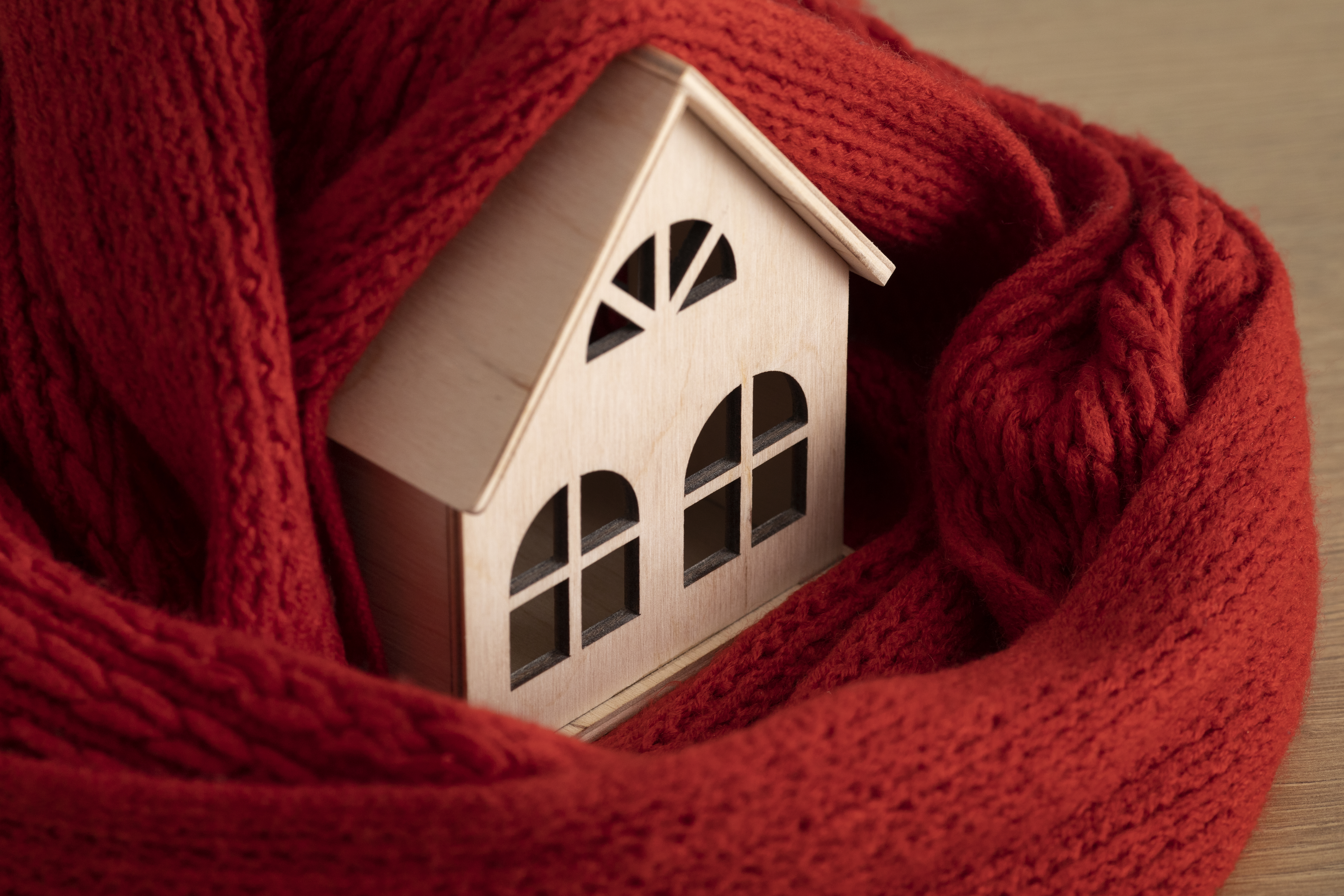
Home insurance premiums have been steadily increasing across the United States, and one of the key reasons behind this trend is climate change. As extreme weather events become more frequent and severe, insurance companies are being forced to reassess how they evaluate risk and calculate coverage costs. This shift is already affecting millions of homeowners, with changes in rates, policy availability, and underwriting guidelines.
Below is a closer look at how climate change is reshaping the home insurance landscape.
How Climate Change Is Affecting Home Insurance
1. Increased Frequency of Weather-Related Disasters
Climate change has led to more frequent and intense natural disasters, including hurricanes, wildfires, floods, and severe storms. These events result in costly damages and a surge in insurance claims. To recover these losses and prepare for future ones, insurers are raising premiums—especially in high-risk areas.
2. Updated Risk Models and Mapping Tools
Insurers are now using advanced climate data and modeling tools to assess risk more accurately. Rather than relying solely on historical data, they factor in projected trends like rising sea levels or expanding wildfire zones. This has led to rate increases in areas that were previously considered low-risk.
3. Shrinking Coverage Options in High-Risk Regions
In states like Florida, California, and Louisiana, some insurers have stopped offering new home insurance policies altogether due to high risk and rising claims. This leaves many homeowners with fewer and more costly options—often through state-backed insurers of last resort.
4. Growing Use of Deductibles and Coverage Restrictions
To reduce their exposure, insurers are restructuring policies with more limitations, such as:
- Higher deductibles for wind or wildfire damage
- Caps on replacement costs in high-risk zones
- Exclusions for flood or mudslide damage unless added separately
These changes shift more financial risk to the homeowner—even if fully insured.
5. Impact on Home Values and Marketability
Rising insurance costs and limited availability can lower home values and reduce buyer interest in high-risk regions. Some mortgage approvals are even delayed or denied when suitable insurance coverage is hard to obtain.
6. The Role of Federal and State Policy
Agencies like FEMA have updated flood zone maps and risk assessments. For instance, FEMA’s “Risk Rating 2.0” uses individual property characteristics instead of broad zones—resulting in premium increases for many homeowners. State regulators also face challenges balancing affordability for consumers with the financial health of insurers.
7. Why Premiums Are Rising Nationwide
Even if your home isn’t in a climate risk zone, you may see rate hikes. Insurance companies spread out losses across their customer base, so disasters in one area can lead to premium increases elsewhere. Rising global reinsurance costs also contribute to nationwide rate adjustments.
8. What Homeowners Can Do to Adapt
- Review your policy yearly to ensure it's up-to-date and provides adequate protection
- Invest in mitigation features like fire-resistant materials or flood barriers
- Compare insurers who specialize in regional risks
- Consider supplemental coverage for floods, earthquakes, or wildfires
- Ask about discounts for resilience upgrades or safety improvements
Final Thoughts
Climate change is no longer a distant concern—it’s directly influencing how home insurance is priced, structured, and regulated. As the landscape continues to shift, homeowners should remain informed, review their policies regularly, and take proactive steps to protect their homes and financial stability.






